Year in Review: 2023 Highlights
Throughout 2023, The Freshwater Trust (TFT) forged ahead with new ideas and approaches and did what hadn’t been done before. Here we highlight some of this year’s hard work that leveraged analytics, science, technology, and incentive-based solutions to change the course of conservation. We’re glad you’ve been part of this journey to preserve and restore freshwater ecosystems.
We celebrated 40 years of conservation and are looking forward to continued freshwater improvements.
We exist to fix critically important problems that are growing in scale and significance. For four decades, we’ve provided on-the-ground work with real and measurable impact. What does the future hold? Our problem-solver roots, analytical toolbox, and innovative approaches are moving us toward a future where clean, abundant freshwater is within reach.
We increased the health and resilience of rivers in Oregon’s Rogue basin.
At the close of 2023, we fully contracted our second water quality trading program in the Rogue River basin. (The final site will be planted in early 2024.) In partnership with the City of Ashland, we restored more than 40 acres of riverside forests, generating 67 million kilocalories per day of shade credits for compliance obligations. We have more than 50 active projects in this basin, including a project in every municipality along Bear Creek, and older sites supporting beautiful, mature trees more than 25 feet tall. These actions improve the health of the Rogue River and its tributaries and make the system more resilient to future impacts of climate change.
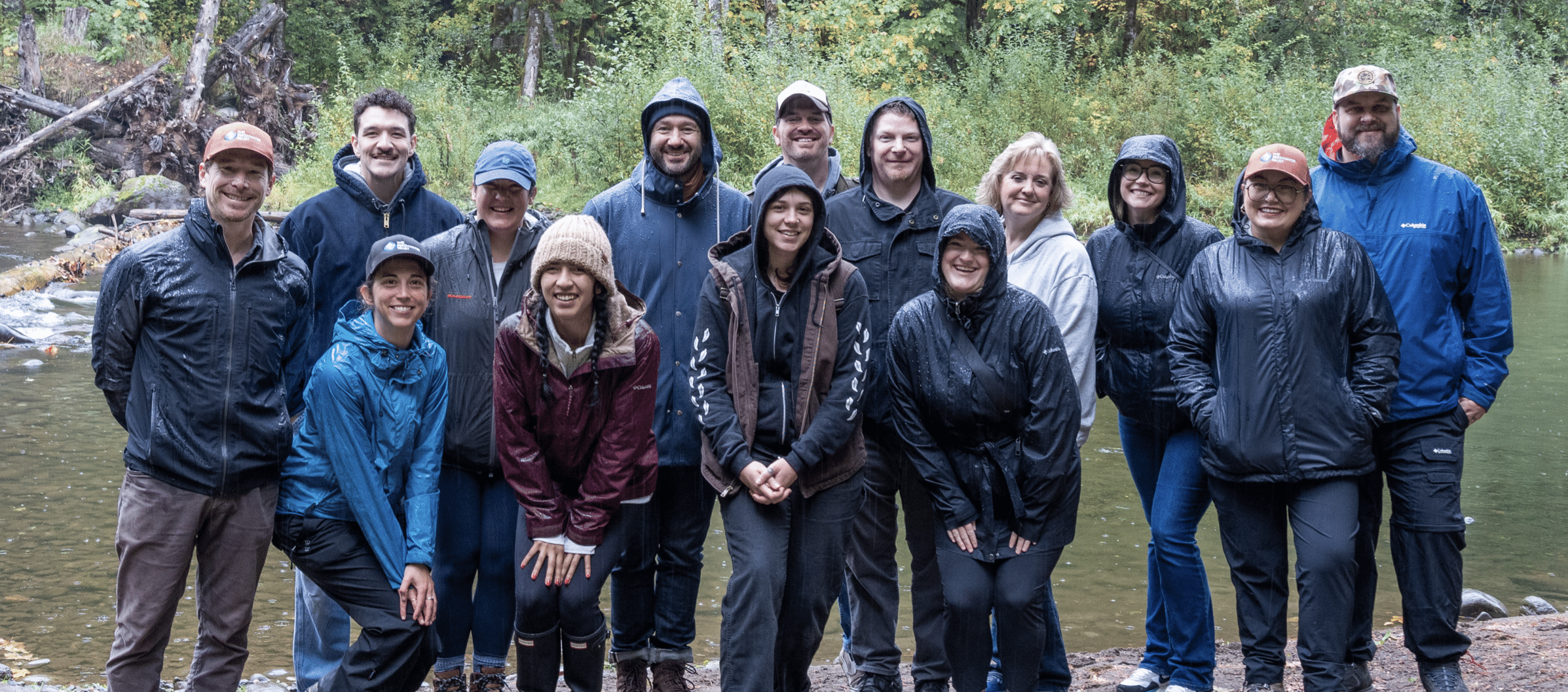
We reconnected with the people who support and share our vision.
Connecting with the public allows us to share the most pressing needs for freshwater restoration. This year, our Immerse event brought together over 300 of our partners, supporters, and colleagues for an evening showcasing our work and raised $160,000 to continue those efforts. Additionally, we hosted eight tours at restoration sites on the Sandy and Rogue Rivers, allowing supporters to see firsthand the impact their support is having on the ground, while also witnessing the return of large numbers of native fish to healthy river systems. Our 19th Fight for Fish golf tournament brought people from around the country together at Bandon Dunes in Oregon, raising over $250,000. This tournament is essential to connecting our work with individuals throughout the U.S. as we continue to expand the number of watersheds that we work in.
We expanded our impact to more rivers in Western states.
Climate change and drought are affecting almost every river system in the Western United States. In the past four years, we’ve brought our analytics and water policy chops to three basins in Colorado to help build resilience in agricultural and ecological systems. 80% of Colorado’s water is on its western slope of the Rocky Mountains while 80% of its population and its ten most productive agricultural counties are along the eastern Front Range. TFT is driving projects with partners that conserve water, restore habitat, and build equity between water users.
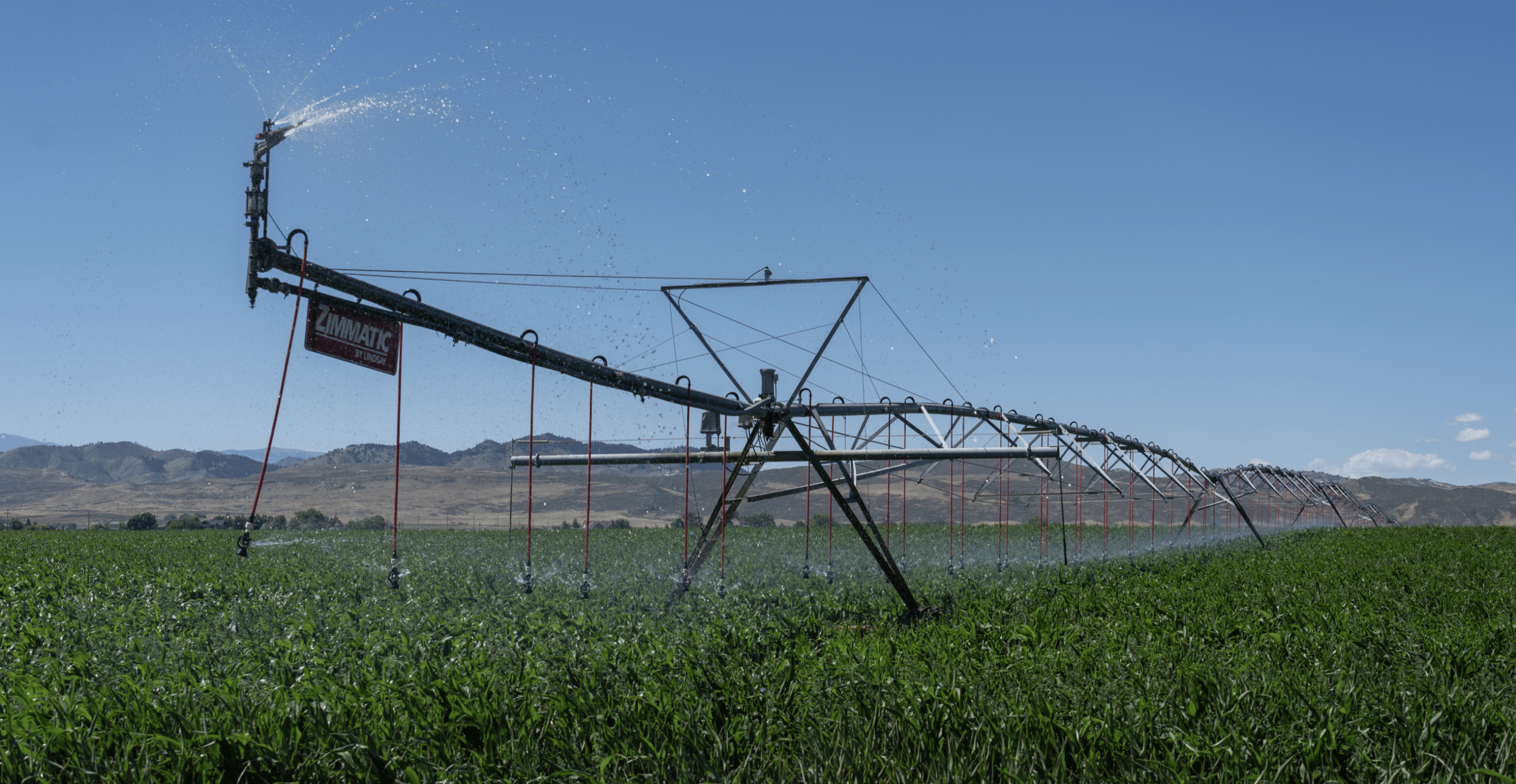
We increased the options for “climate-smart” funding.
TFT successfully advocated for irrigation efficiency practices to be added to a federal priority list of “climate-smart” activities that reduce greenhouse gas emissions while providing other critical environmental benefits. This opens up substantial funding opportunities through the Inflation Reduction Act for many of our programs focused on upgrading irrigation equipment and reducing agricultural water usage and runoff.
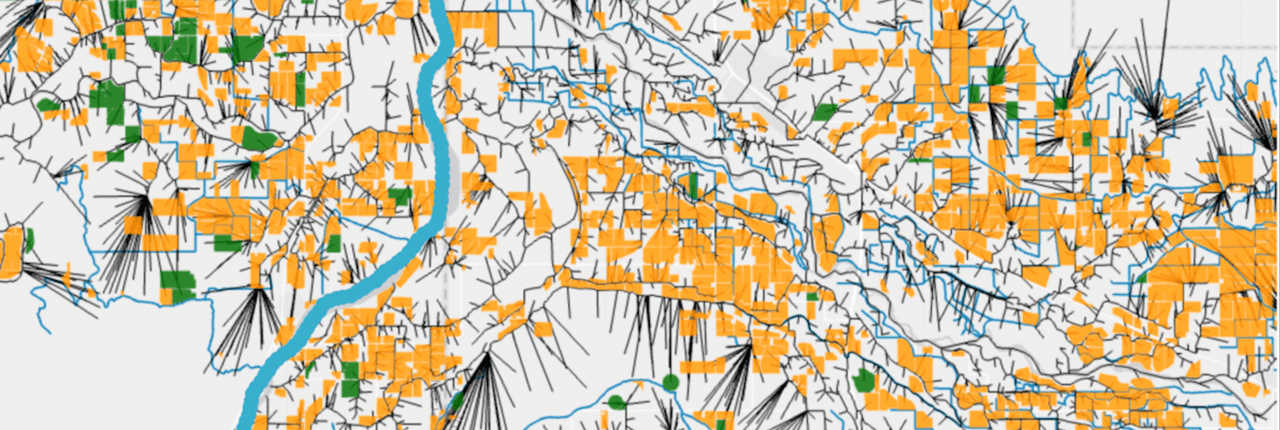
We created a new way to forecast the impact of irrigation-system upgrades on downstream water bodies.
Our staff continue to push the envelope with new methods for BasinScout®, TFT’s data science and analytics system. In the newest module, we modeled the change in sediment and nutrient runoff from replacing existing flood irrigation with pressurized irrigation systems on thousands of individual agricultural fields. Then we examined how these pollutant loads move through agricultural drain networks and quantified how much is discharged to rivers and streams. The resulting list of sites is the optimal combination of minimizing runoff from the drain networks and balancing the cost of more-efficient irrigation equipment.
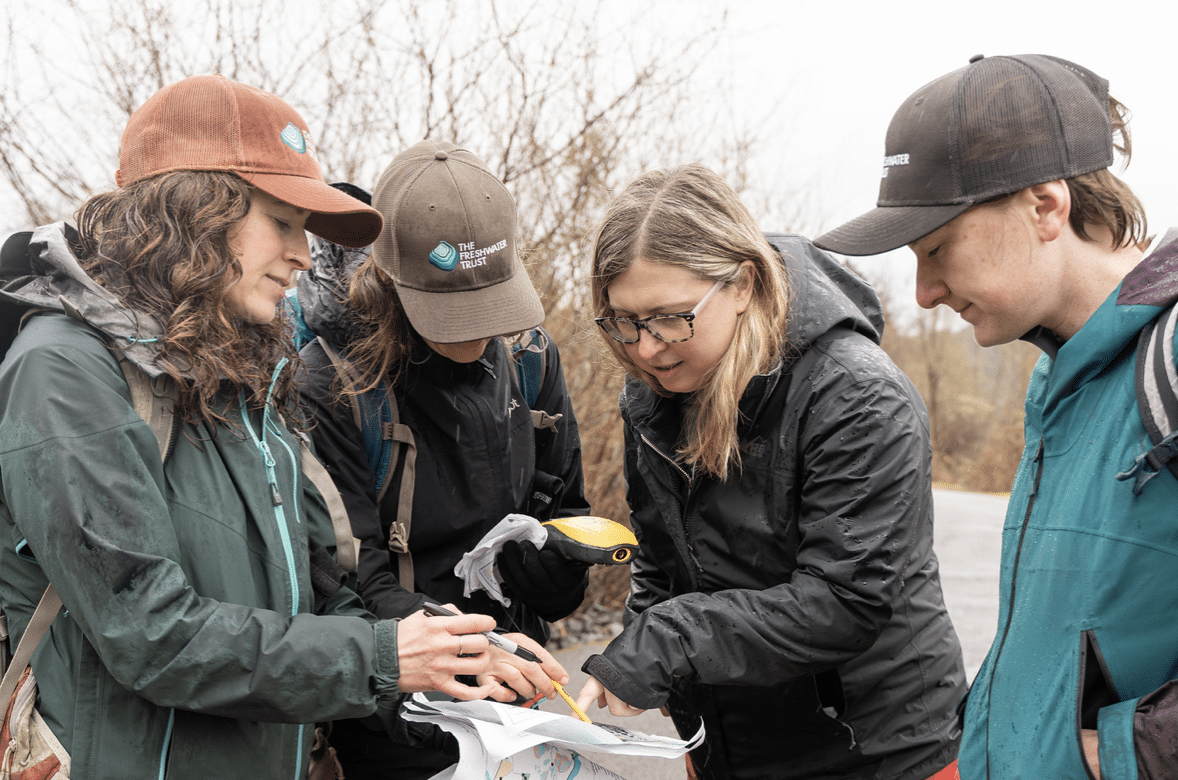
We’ve worked with partners who are just as enthusiastic about restoration as we are.
Success of restoration programs depends on multiple factors, including a great set of local partners. We’re fortunate to work with knowledgeable practitioners whose dedication to preserving ecosystems is as strong as ours. This year in the Upper Willamette basin, our partners helped us swiftly recruit streamside revegetation projects. One site was implemented in 2023, and two sites will be planted in early 2024. This approach—combining our knowledge of process, analytics and program-building with the place-based expertise of local partners—demonstrates a viable method to scale up and fix more rivers faster.

We’re replenishing groundwater in California.
Steadfast effort in northern California basins for several years means that the stack of dominoes we’ve patiently lined up are almost ready to cascade into implementation. Chief among these projects is the $600-million Harvest Water program. Our outreach efforts have secured more than 350 acres of land that will soon receive treated, recycled wastewater to offset groundwater pumping for irrigation and help preserve sensitive habitats for cranes and other threatened species. Elsewhere, we’ve helped divert high river flows in winter to vineyards for slow infiltration into groundwater reserves. These actions replenish stressed groundwater aquifers and preserve the sensitive connection between groundwater and surface water habitats.
We’re unleashing a bold vision in the Columbia River basin, working with multiple partners across multiple states.
Solving our water problems in the face of increasing cycles of drought, flood, and fire requires that we rapidly deliver more conservation funding to the best projects. This requires us to think big and coordinate multiple pieces of the puzzle. In a basin as critical as the Columbia, which includes the Deschutes and Snake Rivers, we have assembled more than $6 million in state and federal funds this year for high-impact work that both restores critical instream habitats and supports agricultural resilience. And this is simply the starting point. Our next steps are to leverage these initial funds to gain additional funding partners and build a coordinated investment pool that matches the scale of our basin-wide environmental challenges.
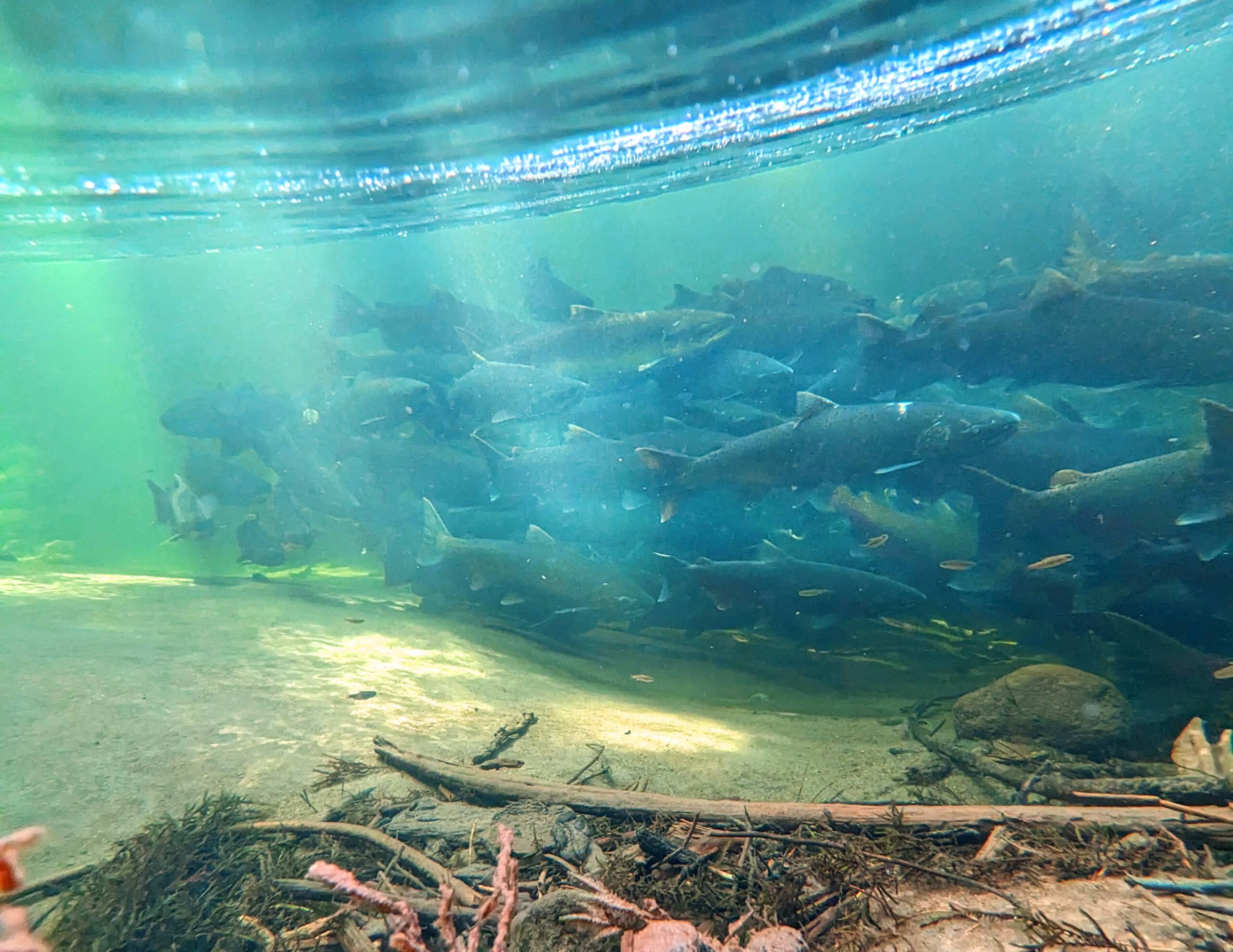
We can count the endangered fish returning to restored rivers.
Since 2006, a dedicated group of partners, including TFT, have diligently restored stream habitats for native cold-water fish in the Sandy River basin. By 2018 we had completed all originally scoped actions. Recently we’ve pursued new opportunities for wood placement higher in the watershed, including Still Creek, Little North Santiam River and its tributaries. With a science-driven plan and a long-term increasing trend of documented fish response, the work completed in the Sandy basin has become a roadmap for successful basin-scale restoration that can be replicated in watersheds across the West.
Having enabled $1 billion of quantified conservation thus far, we continue to put our experience and knowledge to work to deliver better results for the environment.
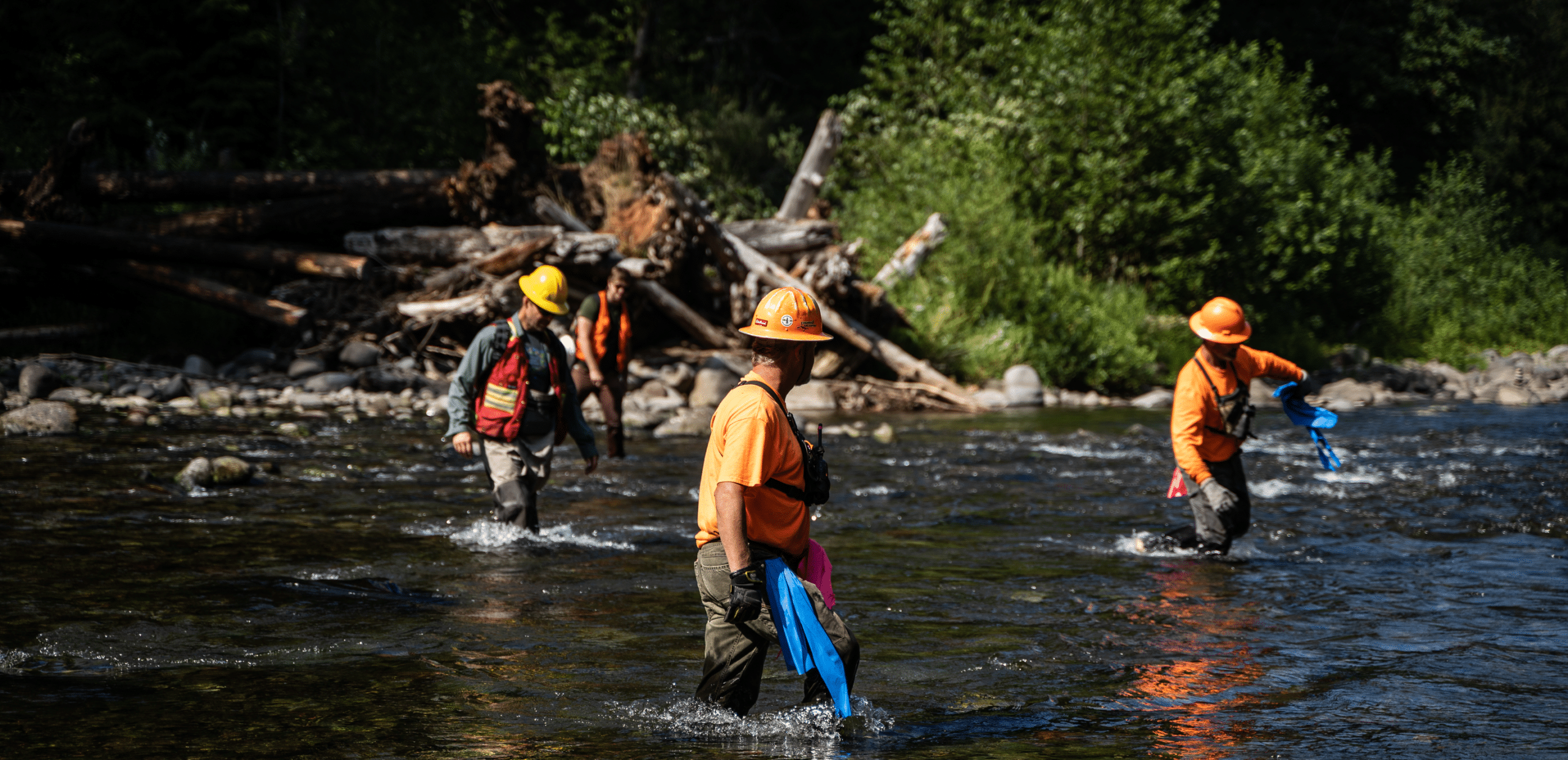
Enjoying Streamside?
This is a space of insight and commentary on how people, business, data and technology shape and impact the world of water. Subscribe and stay up-to-date.
Subscribe- Year in Review: 2023 Highlights
By Ben Wyatt - Report: Leveraging Analytics & Funding for Restoration
By Joe Whitworth - Report: Transparency & Transformational Change
By Joe Whitworth - On-the-Ground Action – Made Possible By You
By Haley Walker - A Report Representing Momentum
By Joe Whitworth

